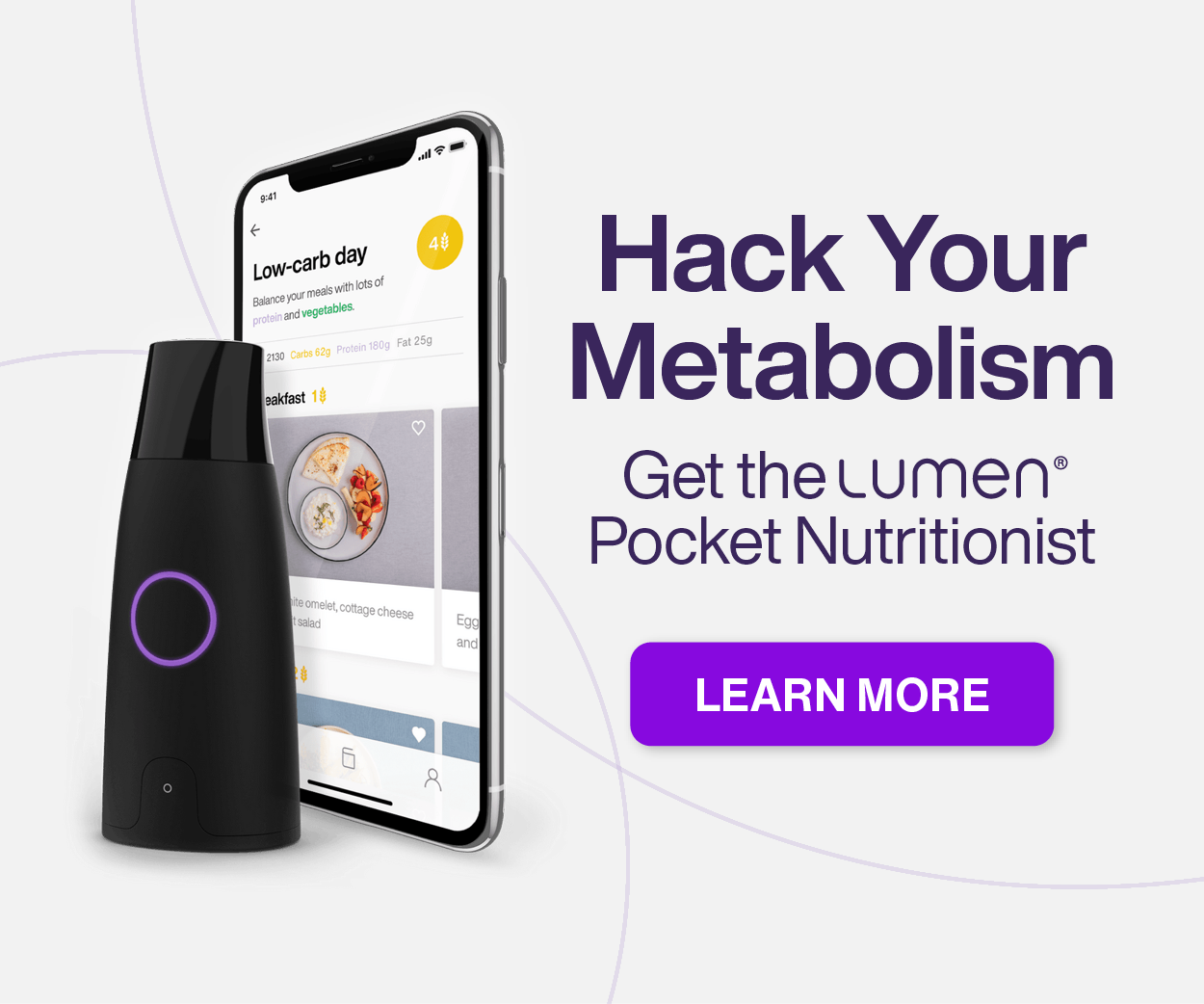 Spring is officially creeping in, with it’s gusts of 50 degree breezes and stir-crazy excitement in the air. That means bikini season in just a few months away! So before you jump on yet another, crazy crash diet, or start doing juice cleanses every other week, let me help! Below you’ll find a 10 week plan to slim down for summer, revamp your diet, and revitalize your workout routine. If you make the commitment to yourself, your body, and your sweet, sexy summer self, this plan will take you there. Stay in touch in the comments or on our Facebook page to support each other throughout these 10 weeks, ask and answer questions, and keep yourself accountable!
Spring is officially creeping in, with it’s gusts of 50 degree breezes and stir-crazy excitement in the air. That means bikini season in just a few months away! So before you jump on yet another, crazy crash diet, or start doing juice cleanses every other week, let me help! Below you’ll find a 10 week plan to slim down for summer, revamp your diet, and revitalize your workout routine. If you make the commitment to yourself, your body, and your sweet, sexy summer self, this plan will take you there. Stay in touch in the comments or on our Facebook page to support each other throughout these 10 weeks, ask and answer questions, and keep yourself accountable!
The Organic Beauty 10 Week Slim Down for Summer Plan
Weeks 1 and 2:
These first two weeks are about starting and sticking to a few super healthy habits, before we move on to eliminating a some nasty ones. First and foremost, spend these two weeks going gaga for greens. I mean it! Commit to having a full serving (at least 1 cup) of greens at two meals a day. For an added bonus, rock greens at all three meals! And when I say greens, I don’t mean pale, flimsy lettuce. I mean rich, darkly colored, super nutrient kale, spinach, chard, broccoli rabe, dandelion greens, and collards. Eat ’em raw, eat ’em cooked (just a quick sauté with olive oil or coconut oil, garlic, and a pinch of sea salt and fresh pepper does the trick), throw ’em in your smoothies, your eggs, and your grains. Greens are a super potent, detoxifying slim down food that is essentially “free” in terms of calories. So eating those 2-3 cups of delicious greens every single day for the next 10 weeks means less room for other bloating, crappy foods.
Next, work on making lunch the biggest meal of your day. Having a lighter dinner is one of the fastest ways to promote weight loss and detoxification, while helping you feel more energized and balanced throughout the day! So make lunch dinner-sized, and dinner lunch-sized (think soup and/or salad), and watch the pounds start falling off.
Lastly, commit to working out, in any way that you enjoy, for 30 minutes to an hour, at least 3 days a week for these two weeks. This could be yoga, pilates, running, Zumba, swimming.. whatever you love! Don’t worry so much about the what for these two weeks, just focus on making those three days a week a non-negotiable part of your routine. Set the days, put them in your calendar, and stick to them. It works best to have a set three days a week that you work out, so you’re not figuring out where to fit it in every day. Our bodies and minds thrive on routine, and this is the only way to build sustainable, healthy habits!
Weeks 1 and 2 at a Glance:
- Greens at least twice a day
- Big lunch/light dinner
- Exercise 30 min-1 hour 3 days a week
Weeks 3 and 4:
Now that you’re eating tons of greens every day and working out a solid three days a week, we can start to eliminate some habits that are getting in the way of your smokin’ summer bod. It’s time to cut out processed sugar. Completely. As in, sayonara to Snickers, Skittles, and soda. Does this mean you don’t get to eat anything sweet until summer? Of course not! Stock up on delicious fruit (especially potently antioxidant berries that are coming back into season), and sweet seasonal veggies like tomatoes, beets, bell peppers, corn, fennel, and sweet peas. The more you incorporate these naturally sweet foods into your diet, the less you’ll be craving crappy sweets that relegate you to tankinis all summer long. Treat yourself to a couple squares of dark chocolate (like, actually 70% dark chocolate) when you want a little something extra, and sip naturally sweetened tea throughout the day to help curb cravings. Hibiscus, ginger, and dandelion root teas are all deeply detoxifying for spring, and with a touch of stevia to sweeten, they are a lovely drink to sip on all day long to promote slimming and steer clear of sugar!
Next, let’s amp up your workouts. Wherever you’re at, take it up a notch. If you’ve been doing yoga three days a week, add a fourth day of cardio or strength training. If you’ve been running or using the elliptical machine three days a week, add a day of weights or a boot camp class. If you’ve been a slow starter and have just been walking those three days a week, commit to taking a class of your choice for two of those days. Wherever you’re at, amp it up!
Weeks 3 and 4 at a Glance:
- Cut out all processed sugar
- Eat fruit (especially berries) and sweet veggies.
- Use natural sweeteners in tea and coffee.
- Amp up workouts to 4 days a week.
Weeks 5 and 6:
So now you’re been eating big piles of greens at least twice a day, you’ve cut out processed sugar, and you’ve taken your workouts up a notch. Let’s keep it going! These two weeks are all about healthy grains. First things first, we have to cut out the bikini bod’s mortal enemy, refined and processed grains. This means cutting out the white bread, pasta, the processed cereals (basically any cereal other than granola), and if you haven’t already done so the last two week, all pastries! Now I’m not saying you can’t have a slice of pizza for the next six weeks, but keep it to just once or twice a month. Before you get all panicked at the thought of giving up bread, take a breath and chill. You don’t need to give up grains! These next two weeks, we are going to amp up your whole grains, which are awesome for weight loss, digestion, balancing blood sugar, and minimizing cravings. So make sure to have a serving (about 1/2-1 cup) of whole grains at lunch and/or breakfast every day. Brown rice, quinoa, buckwheat, oats and millet are all your best friends! Have some oatmeal or quinoa porridge for breakfast, or a slice of sprouted whole grain Ezekiel toast with nut butter with your smoothie or eggs. For lunch, have some brown rice or quinoa with your stir-fry or in your burrito bowl, have some sushi, or just rock some grains alongside a delicious piece of salmon and a bunch of greens for a perfect, balanced meal!
How are the workouts going?? Hopefully by now you are working out a solid four days a week, even if it’s just for 30-45 minutes! If you’re not, hang that bikini up somewhere you’ll see it every day, and repeat to yourself that YOU NEED TO WORK OUT TO LOOK GOOD IN A BIKINI!!!! There is no way around this. Even if you are a lucky, naturally slim person, working out 3-4 days a week, every week is going to tighten everything up in all the right places and take your body from meh to WHOA. So quit messing around and make it happen! If it isn’t already a part of your weekly routine, I recommend adding a pilates workout to your regimen. Pilates is amazing for toning abs, legs, and arms, and creating the long, lean lines that we all want for summer.
Lastly, WATER!! Make these two weeks ALL about water. Drink half your ideal body weight in ounces, every single day. If you need to spruce up your water, add a squeeze of fresh lemon or some lemon slices, or get creative and add fun flavor boosters like sliced ginger, berries, and mint! Drinking tons of water is crucial to slimming down, detoxifying, and getting that hot summer bod. So make it happen!
Weeks 5 and 6 at a Glance:
- Cut out processed and refined carbs
- Increase whole grains at breakfast and lunch
- Work out 4 days a week
- Add Pilates
- Drink half your ideal body weight in ounces of water every day.
Weeks 7 and 8:
Alright guys, we’re almost there! You are now working out 4 days a week, doing pilates, eating lots of greens and whole grains, and you’ve cut out all processed sugar and carbs. Amazing!!! By now your body is looking leaner, slimmer, and you probably have a whole lot more energy too! Take a minute to write down all the awesome benefits you’ve noticed over the last 6 weeks. This will help you stay motivated for this final month!
For these next two weeks, we’re going to clean up your proteins to make them leaner, healthier, and more conducive to a hot, slim, summer bod. If you’re a meat-eater, over the next two weeks, work on keeping your animal proteins to lean, organic, free-range chicken, eggs, and low-mercury fish. Also, start the practice of have two meatless days per week. Regardless of whether or not you eat meat, focus on healthy plant proteins for these two weeks. Beans in all their many varieties, nuts, and whole grains are all wonderful sources of protein. Even greens have protein! So don’t feel like you need to center your meals around a Protein, with a capital P. Eating mostly plant proteins, fish, and eggs will give your body all the protein it needs, and will promote a healthy, lean physique year-round, not just in summer!
If you aren’t doing so already, make sure one of your weekly workouts uses light weights to boost metabolism and tone muscles. For most women, I don’t recommend using dumbbells over 5 lbs., unless you’re going for a super muscled look. To keep muscles long, lean, and slim, use 3 lb. weights in your workouts at least once a week. If you’re a dude, you’re free to lift more, but focus on lower weight and higher reps to get a sexy, sculpted look.
Weeks 7 and 8 at a Glance:
- Write down all the amazing changes you’ve noticed so far.
- Keep animal proteins to organic, free-range chicken, eggs, and low-mercury fish.
- Increase and focus on plant proteins
- Have at least two meatless days a week.
- Add light weights to your workouts at least once a week.
Weeks 9 and 10:
Here it is, guys, the final stretch! Your body is just a month away from being totally prepped for summer, and for some of you, you may already be there!
Keep up all the amazing changes you’ve incorporated over the last 8 weeks. You’re doing such great things for your body! These next two weeks, we’re going to make just a couple final adjustments that will get you where you want to be in no time at all. First, we have to cut out bloating foods. Retaining water and a gassy belly are major buzzkills when it comes to feeling sexy in slim on the beach, so we’re going to cut those puppies out to give your amazing abs a chance to shine! Salt, dairy, and gluten are the three biggest bloaters around, so let’s be mindful of reducing or eliminating these foods for two weeks to really get some crazy results. If you’re cooking your own food, you’re in control of how much salt is in everything, which is great. Keep it to a pinch of sea salt when cooking, and you’re good to go. If you’re eating out a lot, you don’t have as much control, so use these next two weeks as motivation for getting your cook on!
If you do ok with a little Greek yogurt, I won’t take it away from you, but cheese and milk are a slim-down (and general health) no-no. Switch to a nut milk in your coffee and granola, and ditch the cheese altogether. It’s salty, it’s fatty, it’s bloaty, it’s bad!
If you didn’t already do so in week 5 and 6, experiment with cutting out gluten for a couple weeks to see how it effects your digestion, especially if you experience bloat, gassiness, or feel like your belly just isn’t where you want it to be. Check out this great resource on gluten-free grains!
Your workouts are settling into a nice routine by now, with a good balance of light weights, slimming pilates, and whatever else floats your boat. These next two weeks, let’s make sure your boat is floated by some cardio. If cardio isn’t a part of your 4 days of exercise by now, make it one! Better yet, do it outside! Biking, running, swimming, or a great boot camp or crossfit-style class are all awesome cardio workouts which will make sure you’re burning off fat and keeping things lean. If you really want to amp up these last two weeks, add a fifth day of exercise to shred, slim and ensure that awesome bikini bod. Even if it’s just a yoga class, working out 5 days a week is an unbelievable gift to your body, your mind, and your health.
Weeks 9 and 10 at a Glance:
- Reduce salt (cook more at home).
- Eliminate milk and cheese.
- Experiment with cutting out gluten.
- Add cardio (outside if possible)
- Add a fifth day of exercise (optional)
YOU DID IT!!!!
Share your experience as you go and definitely at the end of your 10 weeks here or on Facebook, and feel super proud of the amazing things you’ve done for your body. Make a note of what worked and felt great, and keep those habits up, past summer, year-round.
As always, if you feel like you need some more support getting to where you want to be, please check out my whole body transformation programs and get in touch!





















